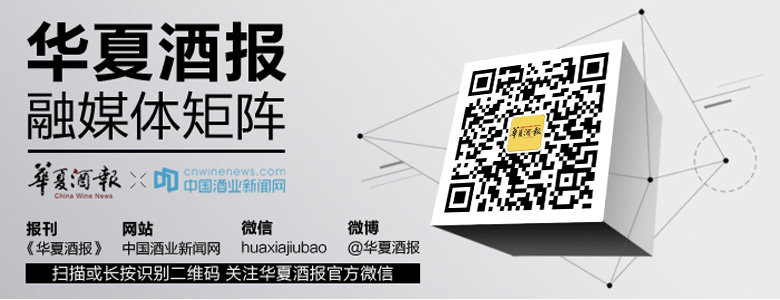In recent years, China’s wine imports have shown an overall downward trend, but the white wine market has bucked the trend with growth. Taking Germany, a major white wine-producing country, as an example, China’s import value of bottled still wine from Germany has steadily increased in recent years. In 2024, China’s imports of German bottled still wine reached $25.8368 million, up 34.51% compared to 2020. In contrast, imports of Italian bottled still wine fell by 9.08% during the same period, while Spanish imports plummeted by 47.58%.
The crisp taste of white wine is increasingly winning over Chinese consumers, but this trend has also opened new opportunities for counterfeiters. Shanghai authorities recently uncovered a white wine counterfeiting case. Criminals set up an illegal workshop in a rural area to produce fake white wine, which was then mixed with genuine products and sold on the market. Cases involving counterfeit white wine production remain rare in China, reflecting the rising popularity of white wine in the domestic market.
On March 14, the Shanghai Qingpu District People’s Procuratorate reported that police raided an illegal counterfeit French-branded white wine production site in a remote rural house in Qingpu on January 23, 2024, apprehending suspect Yin Moumou and his employees. Police later arrested Yao Moumou, a distributor of the fake wine, in a tech park in Jiading District, seizing 486 bottles of counterfeit wine.
Investigations revealed that Yin and Yao colluded in the first half of 2022 to produce fake wine. Yin leased a workshop in Qingpu, purchased bottling equipment, and filled bottles with low-cost white wine. He sourced branded labels and caps from Yantai, Shandong, to create counterfeit products. Yao sold the fake wine on e-commerce platforms, mixing counterfeit products with genuine ones to lower consumers’ suspicions. According to their confession, the fake wine was sold for around 200 yuan per bottle, yielding a gross profit of 60 to 70 yuan per bottle.
This tactic of “mixing real and fake products” is a common scheme among counterfeiters. Some fraudsters purchase small quantities of genuine wine to blend with counterfeits, while using authentic import documents obtained during legitimate purchases to mislead consumers and reduce the risk of detection.

